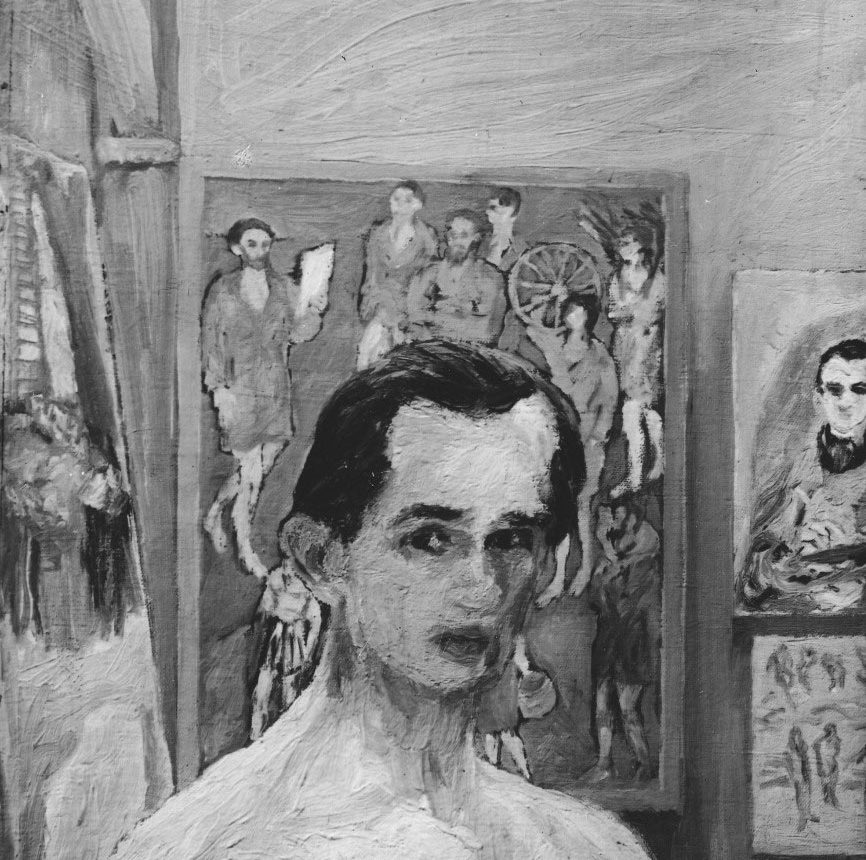Jacques CHAPIRO
Январь 2, 2019Molli CHWAT
Январь 2, 2019Мейер ШЕЙШЕЛЬ
ЧУДНОВ (УКРАИНА) 1890 – ДЕПОРТИРОВАН В ОСВЕНЦИМ В 1942 Г.
Отец Мейера Шейшеля был лесни- ком. В возрасте двадцати лет Шейшель уехал учиться в Санкт-Петербург, где про- шла его первая выставка. Впоследствии в Киеве была организована вторая выстав- ка его работ. В 1922 году он перебрался в Париж. Несмотря на поддержку художника и художественного критика Александра Бенуа, Шейшель жил очень бедно. Посещал кафе на Монпарнасе, рассматривал лица, которые ему нравилось рисовать, и делал в блокноте таинственные записи, которые не сохранились до наших дней. Дружил с Леоном Заком, который написал его портрет. Каждый год Шейшель ездил на Украину, где виделся со своим другом писателем Девни Стором. В августе 1942 года Мейер Шейшель был арестован, интернирован в Дранси и депортиро- ван эшелоном №7. Убит в Освенциме. Во время ареста его работы и записи были уничтожены.
Stories of Jewish Artists of the School of Paris 1905-1939
FRENCH-ENGLISH
Capitale des arts, le Paris des années 1905-1939 attire les artistes du monde entier. De cette période de foisonnement, un terme est resté, celui d'Ecole de Paris, qui recouvre une grande diversité d'expression artistique. Dans ce brassage dont Montparnasse est le creuset, un groupe se distingue : celui des artistes juifs venus de Russie, de Pologne et d'Europe centrale. Si leurs styles sont variés, un destin commun les rassemble : ils fuient l'antisémitisme de leur pays d'origine. Certains ont connu la célébrité dès les années 1920, tels Soutine, Lipchitz ou Chagall. D'autres n'ont pas eu le temps ou la chance d'y accéder. Près de la moitié a péri dans les camps de concentration nazis.
From 1905 to 1939, Paris attracted artists from all over the globe as the capital of the art world. This period of artistic proliferation became known as the School of Paris, and includes a great diversity of artistic expression. Within the teeming art world centred on Montparnasse, one group set itself apart: Jewish artists from Russia, Poland, and Central Europe. Although their styles were diverse, they shared the common fate of fleeing anti-Semitic persecutions in their home countries. Some became famous in the 1920s, such as Soutine, Lipchitz, and Chagall, while others did not have the time or the luck to gain renown. Nearly half of these artists died in Nazi concentration camps.





